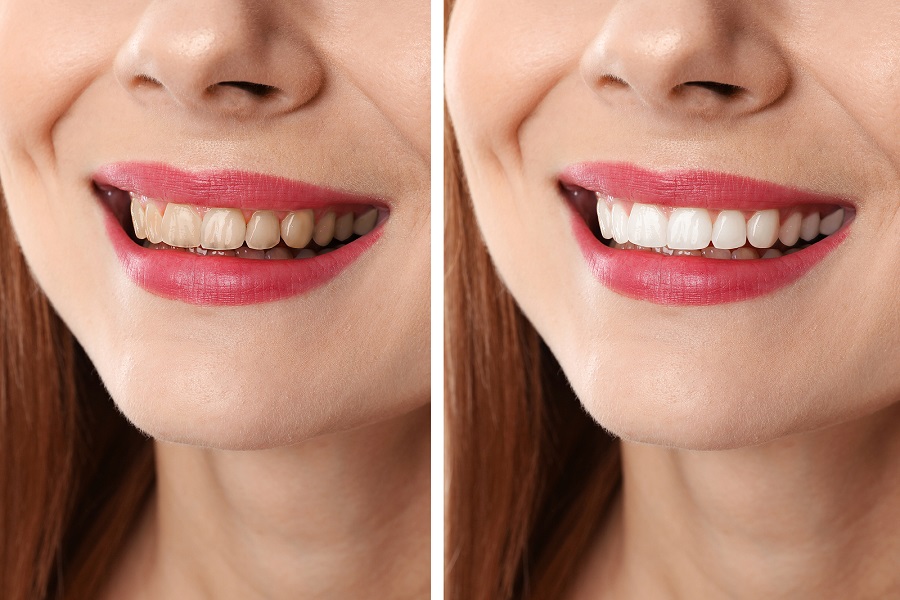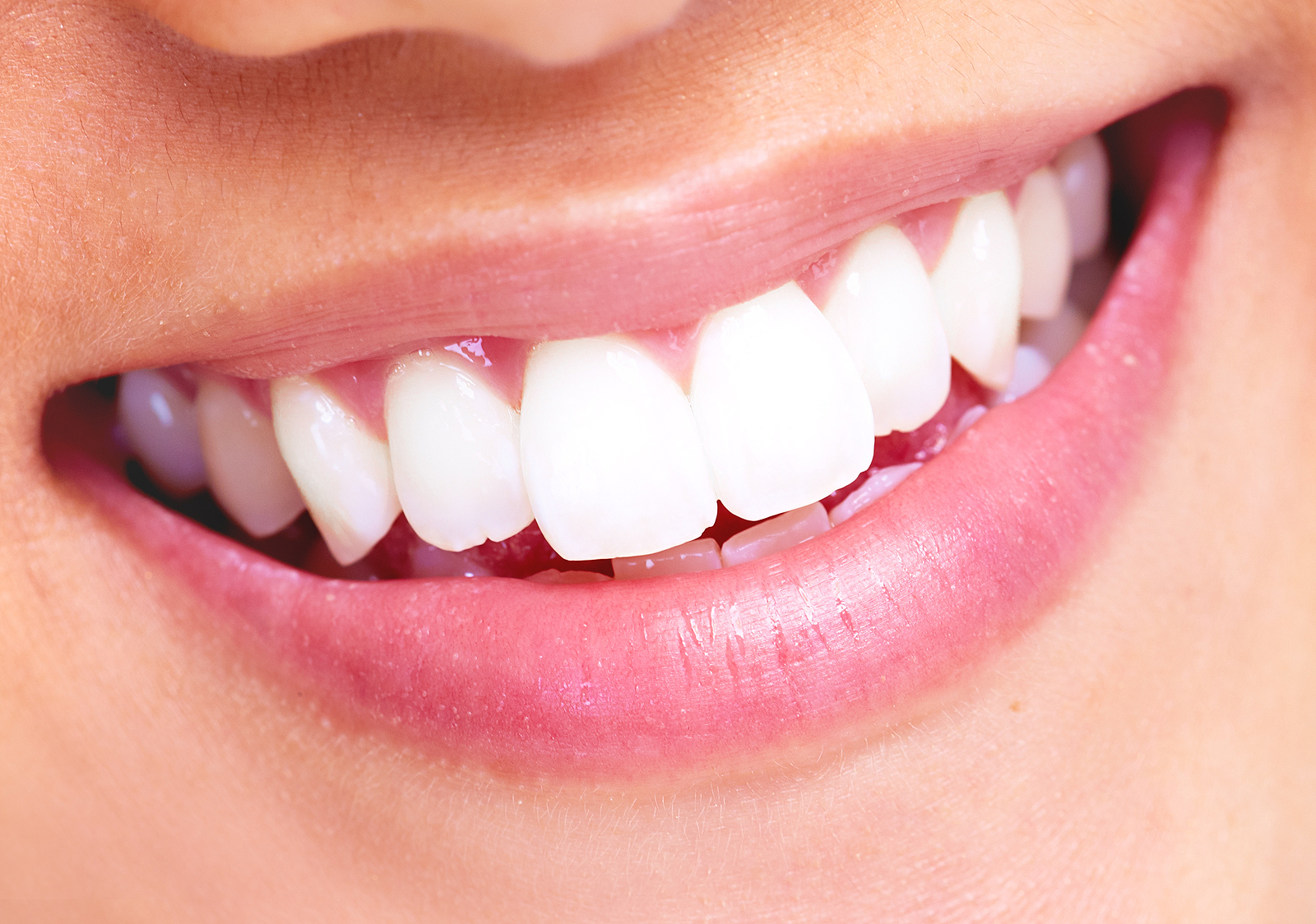GINGIVITIS: WHAT CAUSES GUM DISEASE?
Most people know exactly how to prevent cavities. However, the gums are often neglected even by people who would never forget to brush. You can only prevent gingivitis by knowing exactly what causes gum disease. If you’re already showing signs, take the right action to stop and reverse the damage to your gums.
WHAT IS GINGIVITIS?
Gingivitis is the medical term for the first stage of gum disease. It is caused by bacteria that form colonies under the gum line. The bacteria moves under the gum tissue thanks to plaque. This clear residue hardens into tartar if not removed daily. These tartar deposits a hiding place for the bacteria. The result is long-term inflammation. Gingivitis is not a life-threatening disease. It can progress to one if left untreated. Gum disease turns into periodontitis. Advanced periodontitis can lead to painful problems like:
- Root canals
- Permanent gum pockets
- Loose teeth
- Extraction of teeth
- Discolored teeth
- Loss of gum tissue
- Jaw damage
WHAT CAUSES GUM DISEASE?
You can inherit a tendency towards gum disease. However, most cases are caused by lapses in oral hygiene. Leaving food particles in the mouth encourages bacterial growth. It leaves plaque behind to turn into tartar. As tartar forms, the bacteria can enlarge the spaces around the roots of your teeth to create pockets. This makes it very hard to remove all of the bacteria. You can have a practically symptomless case of gingivitis. Most patients experience at least one of the following symptoms:
- Redness around the edges of the gums
- Swelling that comes and goes in different areas of the mouth
- Bad taste that lingers in the mouth
- Bad breath, even after brushing
- Bleeding gums when brushing, flossing, or eating
- Tenderness and pain in the gums
- Looseness of single or multiple teeth
- Larger or smaller gaps
- Pain when chewing
- New or changing sensitivity to temperature and foods
- Visibly receding or growing gum lines
HOW CAN GINGIVITIS BE PREVENTED?
A solid daily flossing routine is one of the best ways to prevent gingivitis. Most bacterial growth starts because food is trapped between the teeth. Only flossing can knock loose these stubborn bits of food. Brushing twice a day is necessary to clean the mouth, but it’s simply not enough. Only floss once a day to prevent damage to the gums. Your brushing habits also play a role in preventing tartar build up. Plaque often lingers right at the edge of the gum line. It can feel a little uncomfortable to start brushing directly along the gum line, but it is a good practice. It’s also helpful to slightly angle the brush to clean just under the surface of the gums. Your dentist can help explain the most effective brushing style to prevent gum disease. Don’t brush too many times a day or you’ll damage your enamel and inflame already infected gums.
HOW IS GINGIVITIS TREATED?
When your dentist diagnoses a case of gingivitis, the first step is to address the daily habits. Secondly, the dentist schedules a deep cleaning in one or multiple sessions. These cleanings range from basic treatment with a pick to scaling of a majority of the tooth roots. Planing is another technique used to eliminate areas where bacteria may linger after building colonies on the tooth root itself. Avoiding these treatments or skipping your daily brushing and flossing habits will allow periodontitis to develop. This more advanced form of gum disease causes more pain and loss of teeth. Schedule a visit with your dentist today if you suspect you may have gingivitis.






















0 comments